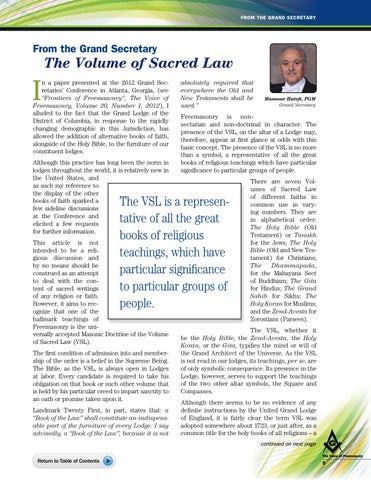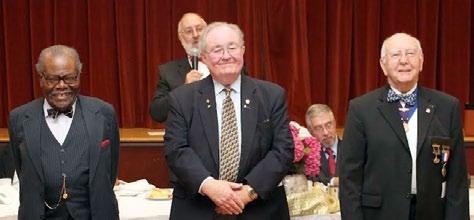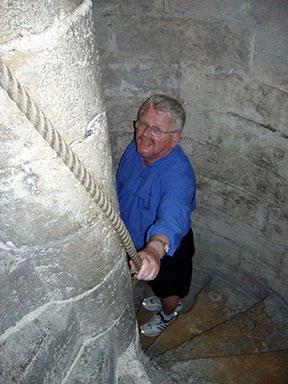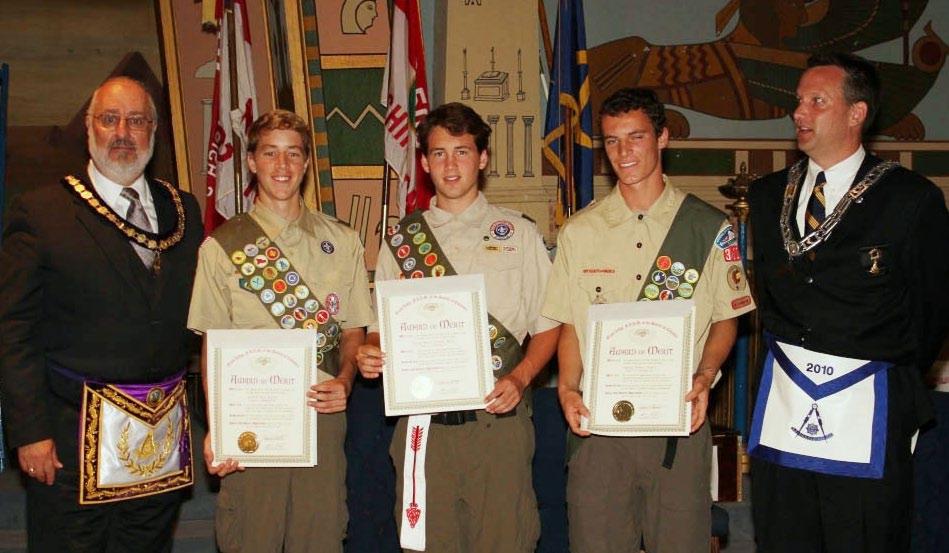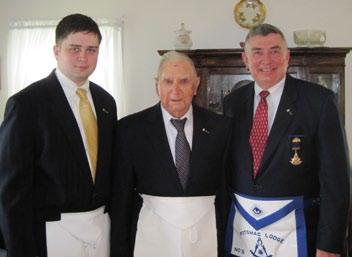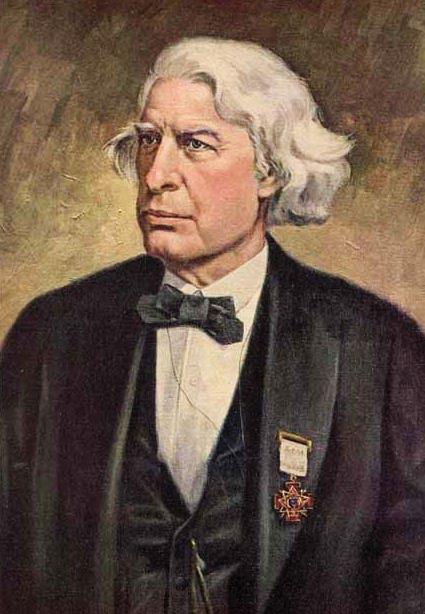from the grand secretary
From the Grand Secretary
The Volume of Sacred Law
I
n a paper presented at the 2012 Grand Secretaries’ Conference in Atlanta, Georgia, (see “Frontiers of Freemasonry”, The Voice of Freemasonry, Volume 20, Number 1, 2012), I alluded to the fact that the Grand Lodge of the District of Columbia, in response to the rapidly changing demographic in this Jurisdiction, has allowed the addition of alternative books of faith, alongside of the Holy Bible, to the furniture of our constituent lodges. Although this practice has long been the norm in lodges throughout the world, it is relatively new in the United States, and as such my reference to the display of the other books of faith sparked a few sideline discussions at the Conference and elicited a few requests for further information.
absolutely required that everywhere the Old and New Testaments shall be used.”
Freemasonry is nonsectarian and non-doctrinal in character. The presence of the VSL, on the altar of a Lodge may, therefore, appear at first glance at odds with this basic concept. The presence of the VSL is no more than a symbol, a representative of all the great books of religious teachings which have particular significance to particular groups of people.
The VSL is a representative of all the great books of religious teachings, which have particular significance to particular groups of people.
This article is not intended to be a religious discussion and by no means should be construed as an attempt to deal with the content of sacred writings of any religion or faith. However, it aims to recognize that one of the hallmark teachings of Freemasonry is the universally accepted Masonic Doctrine of the Volume of Sacred Law (VSL). The first condition of admission into and membership of the order is a belief in the Supreme Being. The Bible, as the VSL, is always open in Lodges at labor. Every candidate is required to take his obligation on that book or such other volume that is held by his particular creed to impart sanctity to an oath or promise taken upon it.
Landmark Twenty First, in part, states that: a “Book of the Law” shall constitute an indispensable part of the furniture of every Lodge. I say advisedly, a “Book of the Law”, because it is not
Mansour Hatefi, PGM Grand Secretary
There are seven Volumes of Sacred Law of different faiths in common use in varying numbers. They are in alphabetical order: The Holy Bible (Old Testament) or Tanakh for the Jews; The Holy Bible (Old and New Testament) for Christians; The Dhammapada, for the Mahayana Sect of Buddhism; The Gita for Hindus; The Grand Sahib for Sikhs; The Holy Koran for Muslims; and the Zend-Avesta for Zorostians (Parsees).
The VSL, whether it be the Holy Bible, the Zend-Avesta, the Holy Koran, or the Gita, typifies the mind or will of the Grand Architect of the Universe. As the VSL is not read in our lodges, its teachings, per se, are of only symbolic consequence. Its presence in the Lodge, however, serves to support the teachings of the two other altar symbols, the Square and Compasses. Although there seems to be no evidence of any definite instructions by the United Grand Lodge of England, it is fairly clear the term VSL was adopted somewhere about 1723, or just after, as a common title for the holy books of all religions – a continued on next page The Voice of Freemasonry
5
